Navigating the Night: Techniques for Survival and Tactical Movement After Dark
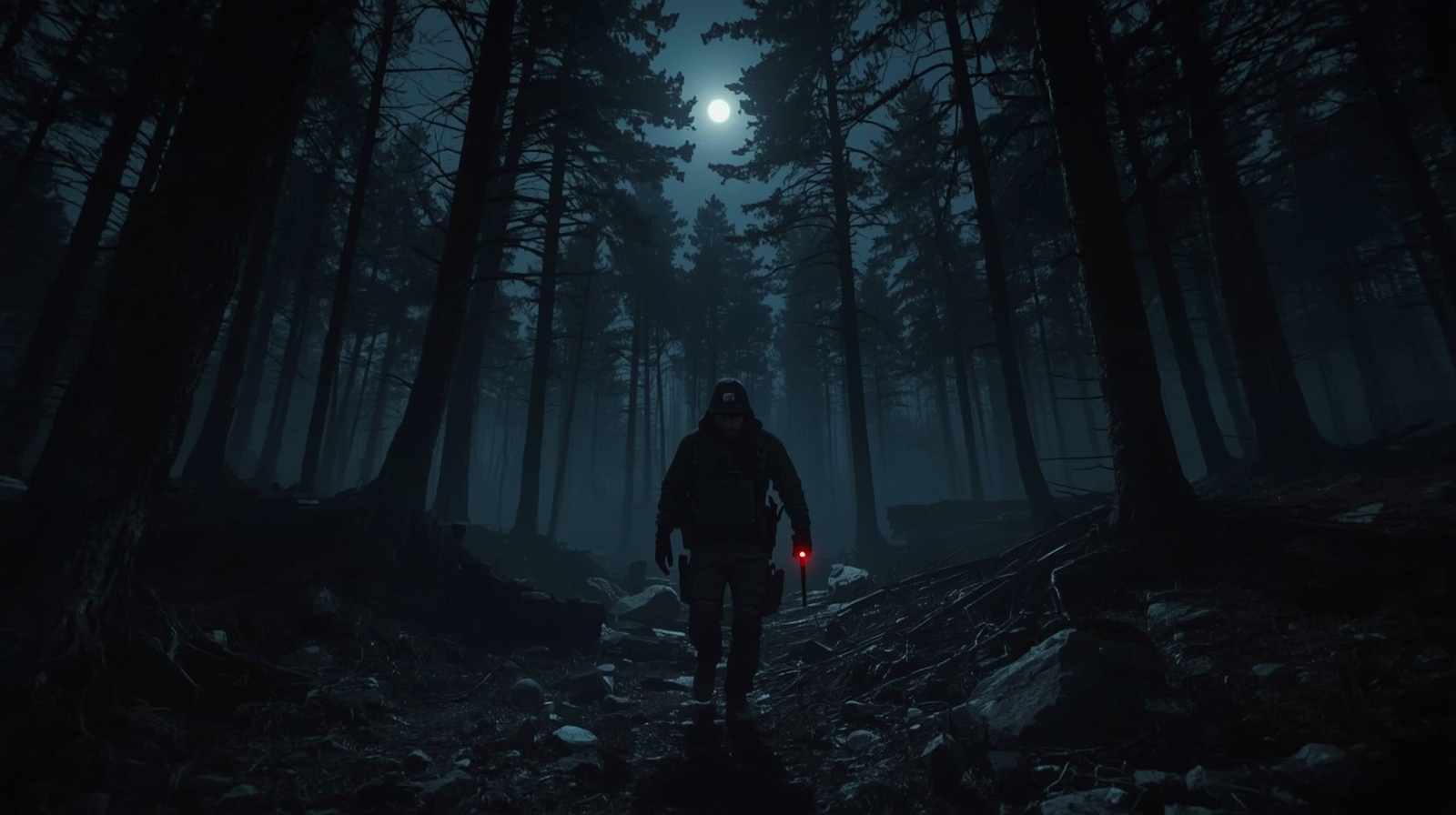
Navigating the Night: Techniques for Survival and Tactical Movement After Dark
Understanding Night Vision
The Basics of Human Night Vision
Humans are not naturally nocturnal creatures, which means our night vision is not as developed as that of some animals. However, our eyes do adapt to darkness through a process called ‘dark adaptation.’ During this, the pupils dilate to let in more light, and the retina becomes more sensitive to available light. This adaptation can take up to 45 minutes. Understanding this process is crucial for navigating the night as it affects how we use artificial light sources and how we move in the dark to maximize our natural night vision.
Enhancing Night Vision
To enhance your night vision:
- Avoid looking directly at light sources to prevent pupil constriction.
- Use red light when a light source is necessary, as the eyes are less sensitive to red wavelengths.
- Allow your eyes time to adjust to the darkness before moving to improve your ability to see.
Common Challenges with Night Vision
Navigating at night presents challenges such as the reduced ability to see obstacles and potential threats. This can lead to accidents or encounters with wildlife. Moreover, reliance on artificial light can make you more visible to others, which might not always be desirable. Learning to trust your night-adapted vision and minimizing the use of flashlights or headlamps when safety permits can mitigate these issues.
Key Factors to Consider for Night Movement
Moving at night requires careful consideration of several factors:
Stealth and Silence
- Control your movements to minimize noise.
- Avoid silhouetting yourself against the sky or other light sources.
- Wear soft-soled shoes to reduce footstep sounds.
- Stay aware of your environment to avoid accidental disturbances.
Planning Your Route
- Night navigation requires more planning than daytime.
- Identify landmarks visible at night.
- Use a map and compass, or GPS device, for orientation.
- Scout the area during the day to familiarize yourself with the terrain.
Using the Environment to Your Advantage
- Moonlight and starlight can provide natural light for navigation.
- Dense foliage can offer concealment.
- Learn to read the night environment and use it to your advantage.
Tactical Movement and Communication
The Art of Silent Communication
In situations where stealth is crucial, silent communication becomes vital. Hand signals are a universal method for silent coordination among team members. Pre-determined signals can convey complex instructions without making a sound, which is essential for maintaining the element of surprise or avoiding detection by wildlife.
Low-Light Navigation Tactics
Navigating in low-light conditions without compromising your position requires a blend of techniques. These include using ambient light, minimal use of artificial light sources, and movement patterns designed to enhance stealth. For instance, moving in short bursts between cover can reduce the chances of detection.
Leveraging Terrain and Cover
- Position yourself relative to light sources and potential observers.
- Use shadows and natural landscape features to conceal your movements.
Mastering the Use of Artificial Light
Choosing the Right Light Source
When navigating the night, selecting the right light source is critical. Tactical flashlights with adjustable brightness and red light options are ideal. They allow for adaptability to different situations, enabling you to use minimal light for navigation while preserving your night-adapted vision.
Light Discipline
Light discipline involves using light sources sparingly and only when necessary. When you do use a light, shield it with your hand or body to prevent light spill and potential detection by others. A practical exercise is to navigate a familiar area using only a dim light source, training yourself to move confidently with minimal visibility.
Navigational Aids in Low Light
- Night vision goggles (NVGs) or thermal imaging can enhance your ability to see in the dark.
- Learning to interpret the images produced by thermal imaging requires practice but can significantly enhance your night navigation capabilities.
Silent Movement Techniques
Softening Footsteps
Minimizing the noise produced by your footsteps is key to moving silently. This can be achieved by:
- Wearing soft-soled footwear.
- Practicing the ‘fox walk,’ where you place the outside edge of your foot down first, then slowly roll it until the sole is fully in contact with the ground.
Minimizing Equipment Noise
- Secure loose straps and use tape or bands to silence metal-on-metal contact.
- Choose gear that is inherently quiet.
- Test your gear’s noise level by jogging lightly in place and listening for any sounds.
Breathing and Movement Control
- Control your breathing with deep, controlled breaths.
- Combine this with deliberate, slow movements, especially when navigating close to potential threats or targets.
Enhancing Your Environmental Awareness
Using Natural Sounds and Smells
Paying attention to natural sounds and smells can provide valuable information about your environment. For example, the sound of running water can help orient you, while the sudden silence of insects or birds might indicate the presence of predators or other humans nearby.
Reading the Night Sky
- Familiarize yourself with basic constellations and celestial navigation techniques.
- The North Star is a fixed point in the northern hemisphere sky that can help determine direction.
Sensory Expansion Techniques
Expanding your sensory perception involves using all your senses to interpret the environment. Exercises like ‘night walks,’ where you focus on using hearing, touch, and smell to navigate, can significantly improve your ability to move and operate in the dark.
Advanced Nighttime Navigation Strategies
Navigating the night demands a comprehensive understanding of advanced techniques. By refining your skills and applying these strategies, you’ll elevate your nocturnal movements from basic survival to proficient stealth and tactical movement.
Integrating Technology with Natural Skills
- Practice using night vision and thermal imaging devices in conjunction with traditional navigation methods.
- This redundancy ensures you’re never left in the dark, figuratively speaking.
Navigating Without Compass or GPS
- Use the stars for guidance and understand the natural patterns of flora for directional cues.
- Sensing the wind’s direction can also guide you through the night.
Expert Tactical Movement Tips
Utilizing Shadow and Silence
- Move within shadows and avoid open spaces.
- Understand how moonlight or artificial light affects visibility.
- Practice moving in environments with varying light conditions.
High-Speed Night Movement
- Balance speed with stealth by choosing the right moments to move quickly.
- This skill is honed through scenario-based training.
Putting It All Together
Mastering the art of navigating and moving at night combines skill, knowledge, and intuition. The techniques and strategies discussed are tailored for the modern explorer, soldier, or adventurer.
Consolidating Skills with Continuous Practice
- Regularly challenge your skills, from night hikes without artificial light to tactical exercises.
- Over time, these skills will become second nature.
Building a Nighttime Toolkit
- Equip yourself with reliable light sources, noise-reducing gear, and navigation aids.
- Familiarize yourself with each tool, understanding its benefits and limitations.
Compare Products
Now that you’ve brushed up on the basics of human night vision and understand our limitations when the lights go out, it’s time to consider how the right tools can enhance what nature gave us. The Upgraded Red Flashlight and the Red Flashlight Rechargeable stand out as prime contenders for anyone interested in aviation, astronomy, or simply improving their night vision capabilities. Each offers unique features like bright white & high/low power red light options with memory and a zoom lens, not to mention their portable, weatherproof designs.
Deciding between these two can significantly impact how well you navigate the dark, depending on your specific needs and activities. If you often find yourself in variable weather conditions or need a light that can adapt to different environments, the
| Feature / Product | Upgraded Red Flashlight, Bright White &High/Low Power Red Light Options with… | Red Flashlight Rechargeable, High/Low Red Light & White Light 3 Modes, for… | OLIGHT Baldr RL Mini 600 Lumens Compact Rail Mounted Weaponlight with Red… | Night Vision Goggles – 4K Night Vision Binoculars with 5000mAh Rechargeable… | Night Vision Monocular Digital Infrared Monocular Telescope for 100%… |
|---|---|---|---|---|---|
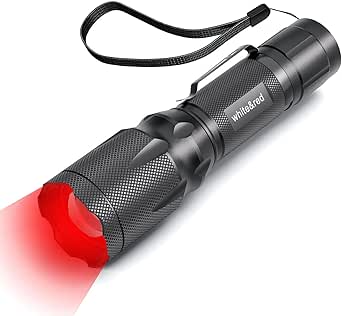 |
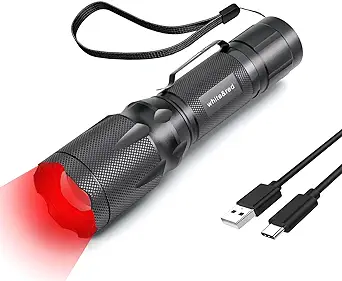 |
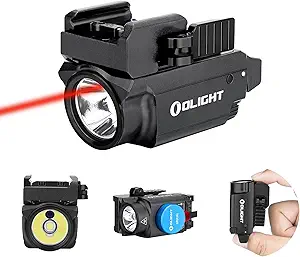 |
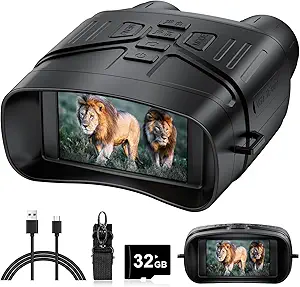 |
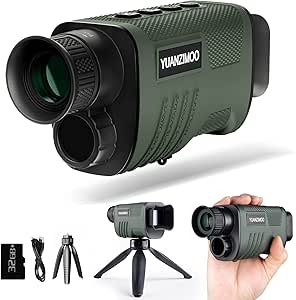 |
|
| $68.32 | $19.99 | $82.46 | $81.22 | $94.99 | |
| Shop now → | Shop now → | Shop now → | Shop now → | Shop now → | |
| Technical Specifications | |||||
| Brand | METII | METII | OLIGHT | HEXEUM | YUANZIMOO |
| Wattage | N/A | N/A | N/A | N/A | N/A |
| Voltage | N/A | N/A | 3.7 Volts | N/A | N/A |
| Battery Capacity | N/A | N/A | N/A | N/A | N/A |
| Battery Life | N/A | Lithium-Ion | Lithium-Ion Polymer | N/A | N/A |
| Efficiency | N/A | N/A | N/A | N/A | N/A |
| Screen Size | N/A | N/A | N/A | N/A | N/A |
| Memory | N/A | N/A | N/A | N/A | N/A |
| Connectivity | N/A | N/A | N/A | N/A | N/A |
